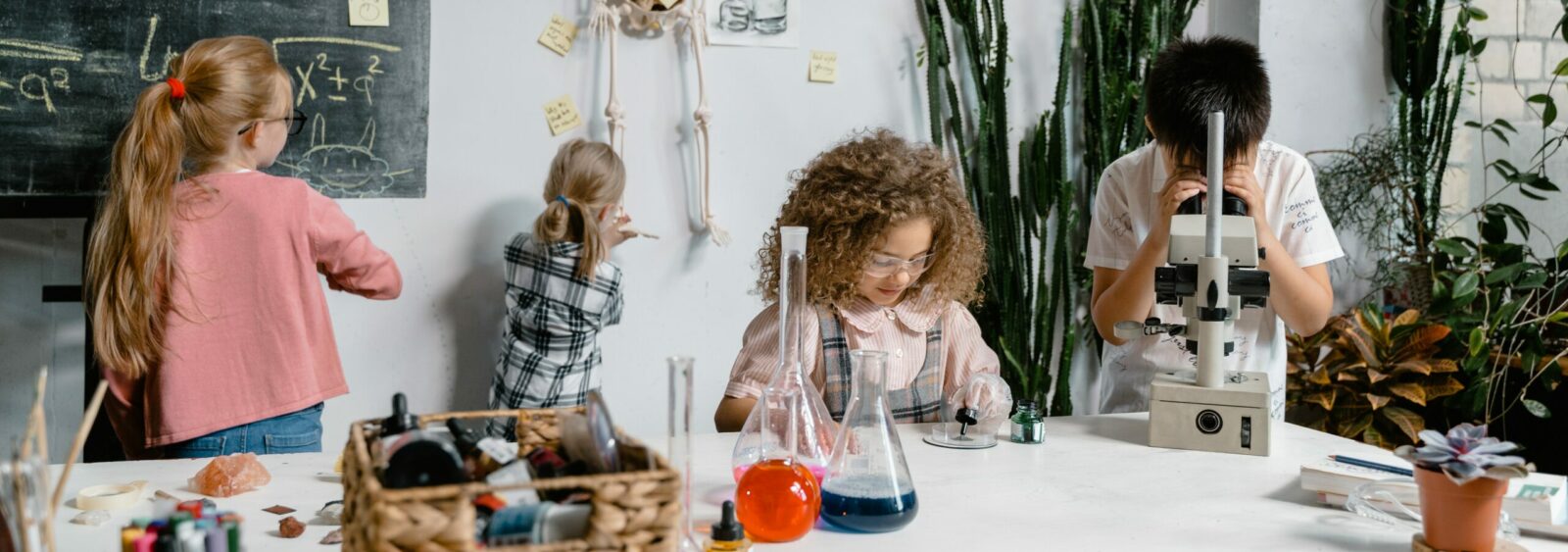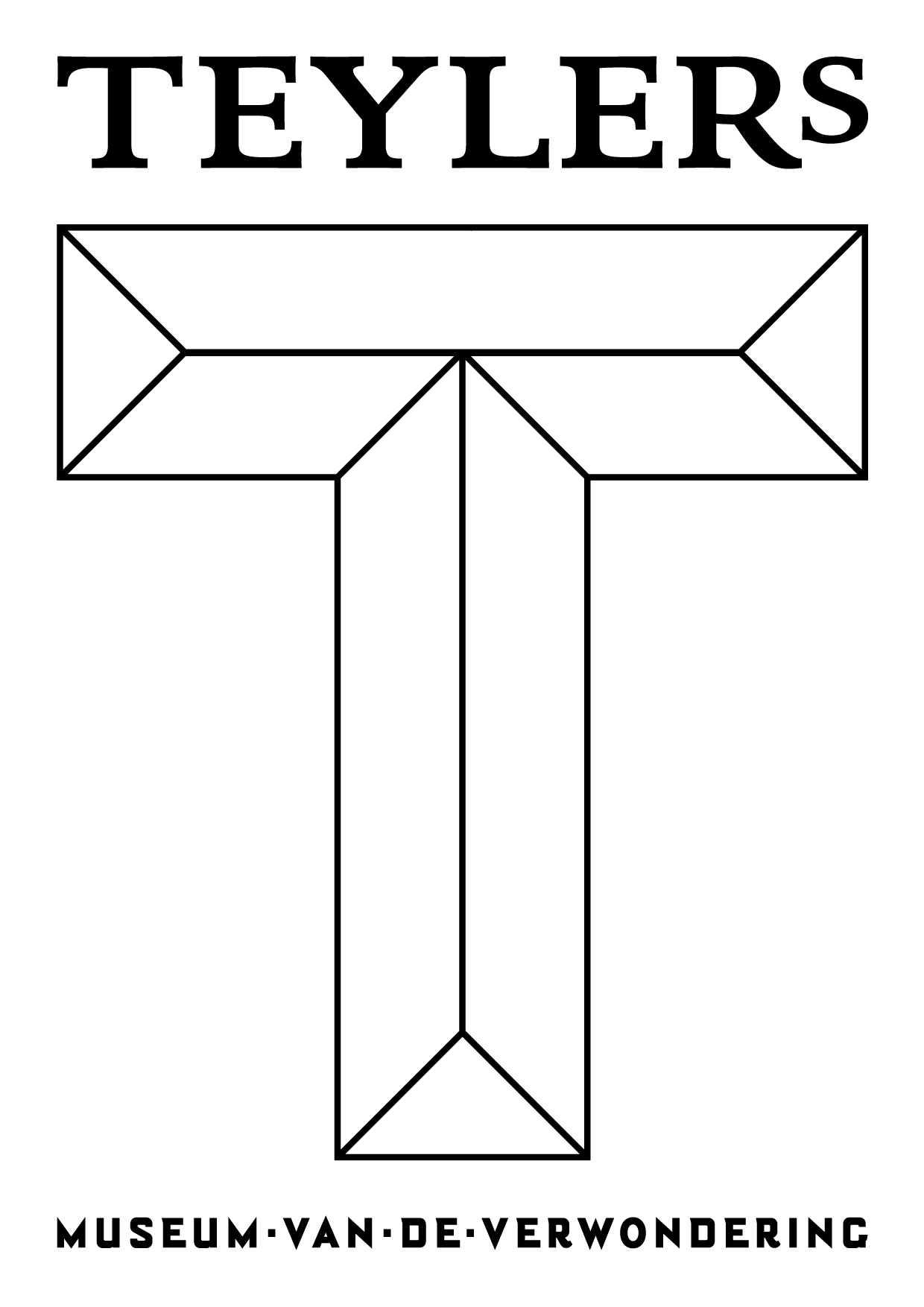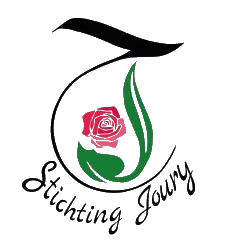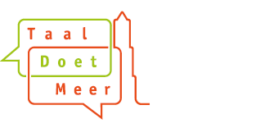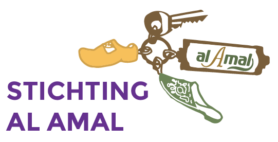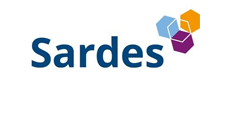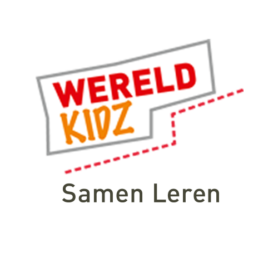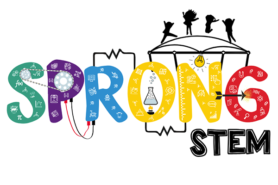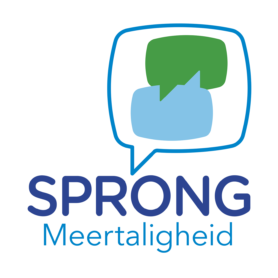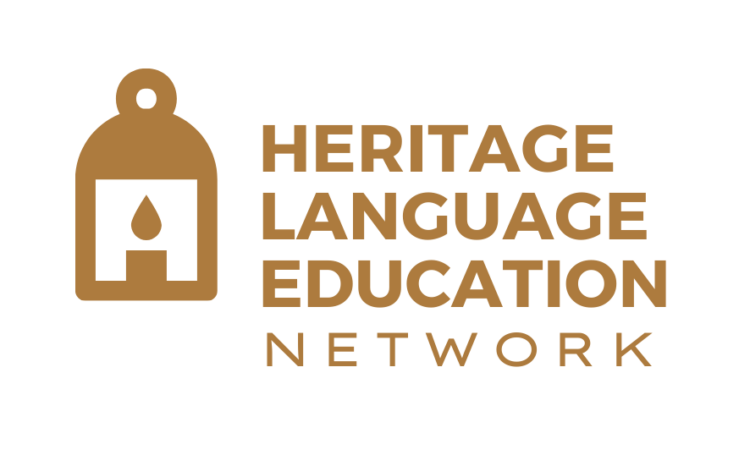
The “Golden Weeks”—a great time to make space for multilingualism
The so called “Golden Weeks” are upon us—the first few weeks of the school year, where educators have the chance to set expectations and lay a stellar foundation for the coming year. This is an important time for teachers and school support staff, but also for students and caregivers: it’s a clean slate of sorts,…
Read more
A partnership between researchers and a science museum: A joint reflection
In this post, a researcher and a museum professional reflect on the co-design of bilingual instructions for a museum workshop for families. The goal was to make the workshop more inclusive and inviting to migrant families where parents and children may have different levels of Dutch proficiency. Check out the post to learn what our collaboration looked like!
Read more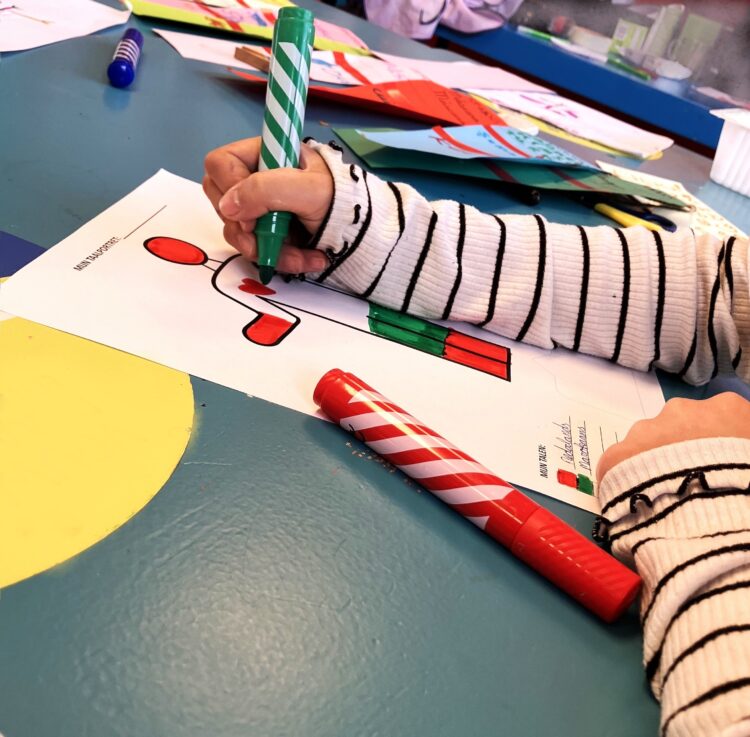
The power of language portraits: Get to better know your students
A language portrait is a visual representation of the languages a person knows. Both educators and caregivers can use this simple, yet powerful tool. The power of language portraits rests in their potential to foster conversations where people can feel seen, heard, and valued.
Read more
A parent perspective: Research Practice Partnerships
At Multi-STEM, we’re engaging in RPP’s (Research Practice Partnerships) in three contexts (home, science museums, school) to bring research and practice together. Working in RPP’s means working together with parents, caregivers, museum employees, teachers, school directors, and curriculum advisors throughout the research process, as each of these individuals provide a valuable perspective on supporting the…
Read more
“I have been to the museum, too”: Why newcomer children should go with their schools to science museums
In this post, we show a glimpse of newcomer children’s experiences at Teylers, the oldest museum of the Netherlands. Science, history and multiple languages come together as the museum guides tell the children all about Saussure’s Mont Blanc expedition. Take a look!
Read more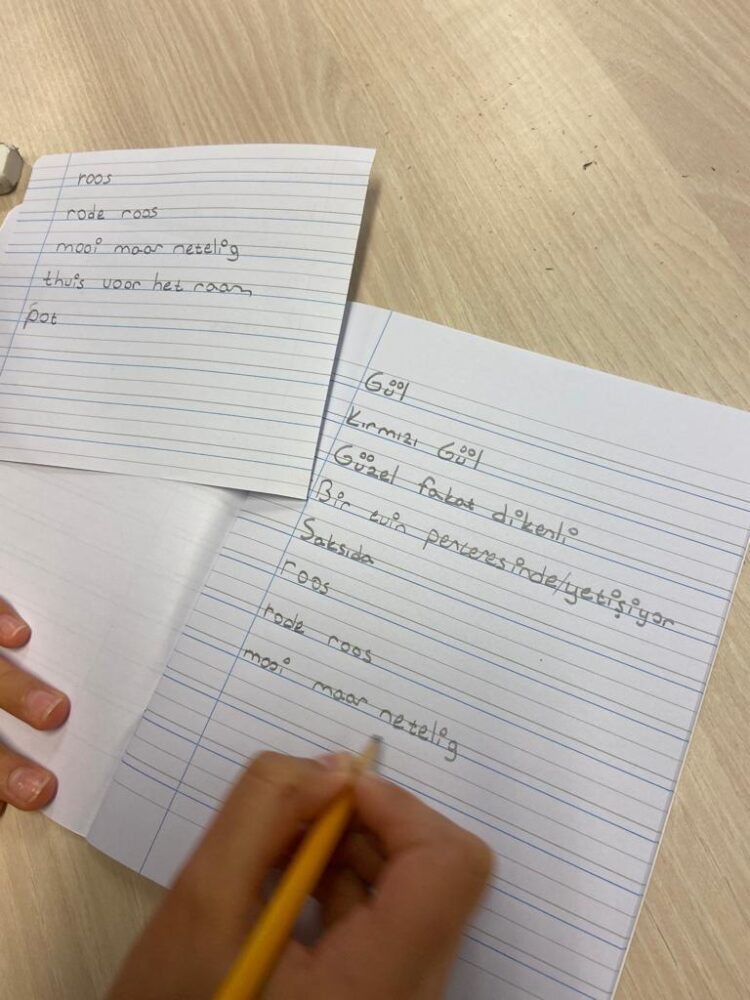
The home language is a key, a bridge, and a mirror
The home language is a key, a bridge, and a mirror. At a conference for primary education in the Netherlands last week, we explained these metaphors in our workshop. In this blog, we will show what we mean by the metaphors and how you can find them in practice.
Read more
How we talk about language matters: ‘Your’ language, ‘your’ country
We tend to think that people’s language is the language spoken in the country where they were born. And, to a certain extent, that is true. In many cases, that language is strongly connected to who we are: our family and friends, memories, dreams, and knowledge. But is that the only language that is ours? Is that the only country that is ours?
Read more
The PISA report shook up the Netherlands – what to do?
The PISA report shows that the Netherlands have declined in all subjects. This means lower scores for reading, mathematics, and science. This decline was stronger for students with a migration backgrounds, than for non-migrant students. This shows that the performance gap became bigger.
Read more
Migrant families at a language crossroad
In this post, we show how migrant families sit at a language crossroad: to learn a new language and adapt to a new culture, while preserving their own home language and cultural identity. Multilingualism, an already widespread phenomenon, can be a key to supporting families in the migration process. It can also help enrich contexts for action and interaction.
Read more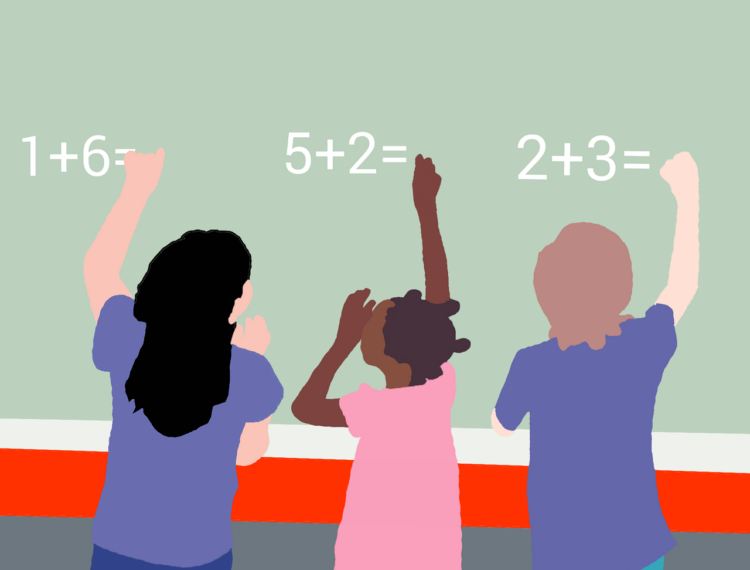
The value of multilingual communication
Communication comes to a halt when monolingualism is demanded. Encouraging classroom participation – no matter the language used – empowers newcomers to share their knowledge and to feel safe in their classroom.
Read more